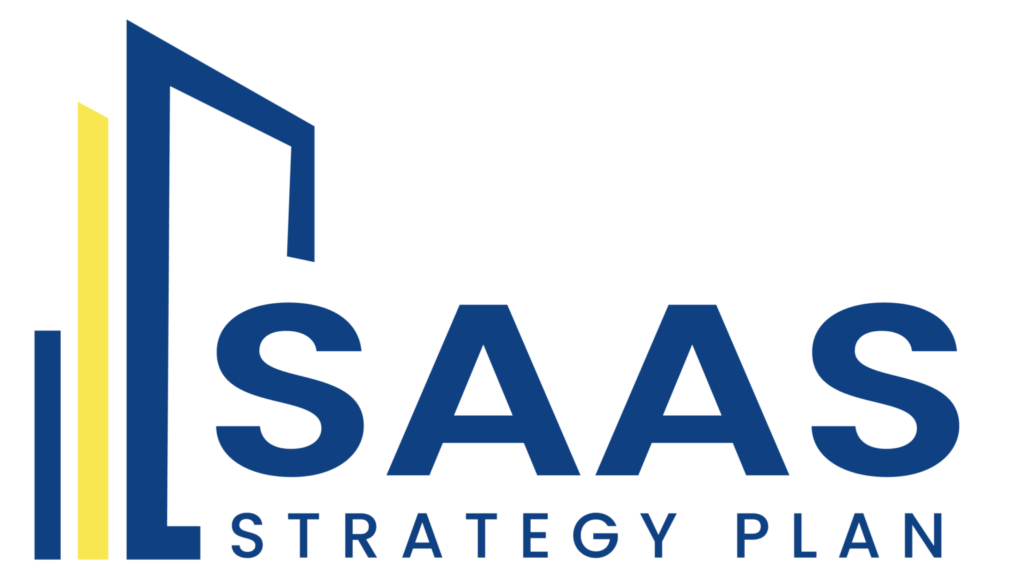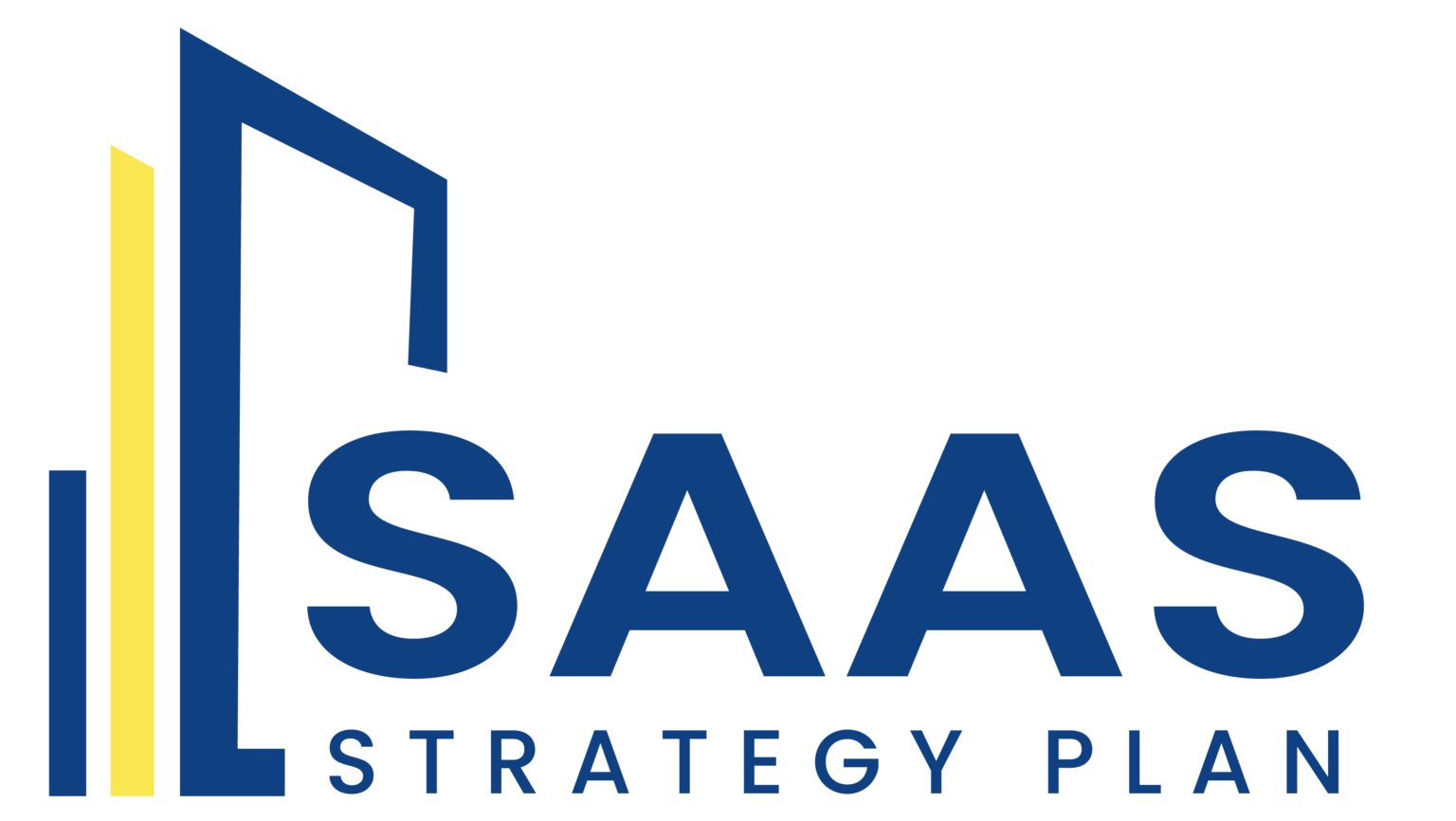The Ultimate SaaS Strategy Plan for 2025: Stay Ahead in a Competitive Landscape
In the rapidly evolving Software-as-a-Service (SaaS) industry, having a robust strategy plan is no longer optional – it’s a necessity. As businesses increasingly rely on SaaS solutions to streamline operations, optimize workflows, and enhance customer experiences, the competition among SaaS providers continues to intensify. Here’s your ultimate guide to crafting a SaaS strategy plan that ensures growth, resilience, and success in 2025. Define a Clear Value Proposition Your SaaS product’s value proposition is your foundation. Start by answering: What problem does your product solve? How does it benefit your target audience? What makes it different from competitors? Focus on delivering measurable outcomes. For example, does your software save time, cut costs, or improve user engagement? Highlight these in your marketing and sales efforts. Prioritize Customer-Centricity Customer satisfaction drives retention and referrals. To ensure your SaaS solution resonates with users: Conduct regular surveys and gather feedback. Invest in user-friendly interfaces and seamless onboarding experiences. Offer exceptional customer support through multiple channels like chat, email, and self-service portals. Satisfied customers become loyal advocates for your brand, which helps reduce churn and enhance lifetime value. Leverage Data-Driven Decision Making In 2025, successful SaaS companies will rely heavily on data analytics to optimize their strategies. Track key performance indicators (KPIs) such as: Monthly Recurring Revenue (MRR) Customer Acquisition Cost (CAC) Churn Rate Customer Lifetime Value (CLV) Use AI-powered analytics tools to uncover actionable insights, predict trends, and refine your offerings based on real-time data. Adopt Scalable Technology Growth hinges on scalability. Ensure your SaaS infrastructure can handle increasing demand by: Using cloud platforms like AWS or Microsoft Azure. Implementing microservices architecture for flexibility. Regularly testing and optimizing your system’s performance. Scalability isn’t just about technology; it’s also about processes. Automate workflows to streamline operations as your customer base expands. 5. Focus on Marketing Innovation In 2025, traditional marketing tactics won’t suffice. Stand out by adopting creative and personalized strategies: Utilize AI-driven marketing tools to segment audiences and deliver targeted campaigns. Leverage content marketing to position your brand as a thought leader. Harness the power of video content, webinars, and interactive demos to showcase your product. Additionally, invest in partnerships and affiliate marketing to broaden your reach. Strengthen Your Security Measures With cybersecurity threats on the rise, SaaS companies must prioritize data protection: Implement end-to-end encryption and multi-factor authentication. Comply with global data privacy regulations like GDPR and CCPA. Regularly audit your system to identify and fix vulnerabilities. Building trust through robust security measures enhances customer confidence and retention. Foster an Agile Culture The SaaS industry is dynamic, requiring businesses to adapt quickly. Foster an agile culture within your organization: Encourage cross-functional collaboration. Embrace iterative development and frequent testing. Stay open to pivoting based on market feedback. Agility enables you to seize opportunities and navigate challenges with ease. Monitor Emerging Trends Keep an eye on the latest SaaS trends to stay ahead: AI and Machine Learning for enhanced automation and personalization. Low-code and no-code platforms for faster development. Vertical SaaS solutions catering to specific industries. Integration capabilities with other tools and platforms. Adapting early to these trends can give you a competitive edge. Conclusion: Plan for Long-Term Success Creating a comprehensive SaaS strategy plan is your blueprint for long-term growth. By focusing on customer-centricity, leveraging data, staying agile, and adopting innovative technologies, you’ll be well-positioned to thrive in 2025 and beyond. The SaaS landscape is challenging, but with the right strategy, your business can lead the way. Ready to take your SaaS strategy to the next level? Start implementing these steps today and unlock your full potential!
The Ultimate SaaS Strategy Plan for 2025: Stay Ahead in a Competitive Landscape Read More »



